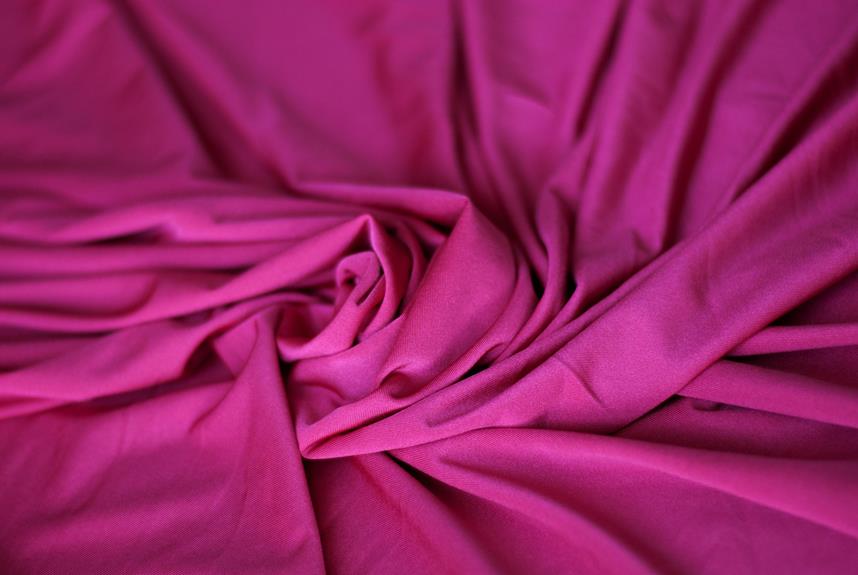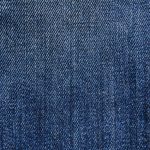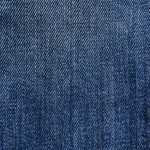When you think about sateen versus silk, you're faced with a choice that hinges on your lifestyle and preferences. Sateen offers a soft, luxurious look that's easy to care for, making it a practical choice for everyday items like bedding. On the other hand, silk presents an unmatched elegance that's perfect for special occasions but demands more attention in terms of maintenance. So, which fabric truly suits your needs? As we explore the unique qualities and practical considerations of each, you might find that the answer isn't as straightforward as it seems.
Table of Contents
Overview of Sateen
Sateen, often mistaken for silk, is a luxurious cotton fabric known for its smooth, glossy finish and soft texture. You'll often find it in bedding, table linens, and clothing due to its elegant appearance. Unlike regular cotton, sateen is woven in a way that gives it a lustrous sheen, making it a popular choice for those who want a touch of luxury without the high maintenance of silk.
When you touch sateen, you'll notice its softness, which comes from its unique weave. The fibers are tightly woven, resulting in a fabric that feels almost silky against your skin. Moreover, sateen is more durable than silk, making it less prone to tearing and fraying. If you're looking for something that combines elegance with practicality, sateen fits the bill perfectly.
Caring for sateen is also easier than caring for silk. You can usually machine wash it on a gentle cycle, making it a more convenient option for everyday use. So, if you're considering fabrics that offer both beauty and ease, sateen should be high on your list.
Overview of Silk
Silk is a natural protein fiber that's prized for its luxurious feel and shimmering appearance. Originating from silkworms, this fabric has been cherished for centuries, making it a symbol of elegance and sophistication. When you touch silk, you'll notice its smooth texture and gentle drape, which can elevate any outfit or home decor.
Silk comes in various types, including mulberry, tussah, and eri, each offering unique qualities and characteristics. Mulberry silk, for instance, is the most common and is known for its softness and durability. Tussah silk, on the other hand, has a more textured feel and a natural golden color.
Caring for silk requires a bit of attention. It's best to hand wash or dry clean it to maintain its luster and structure. You should also avoid direct sunlight, as it can fade the color over time.
With proper care, silk can last for years, making it a worthwhile investment. Whether you're considering silk for clothing, bedding, or accessories, its timeless appeal and versatility make it an excellent choice for anyone seeking quality and luxury in their textiles.
Pros and Cons Comparison
When comparing the pros and cons of these two luxurious fabrics, you'll find distinct features that cater to different preferences and uses.
Sateen, known for its soft, smooth texture and beautiful sheen, offers durability and easy maintenance. It's often more affordable than silk, making it a popular choice for bedding and casual wear. However, sateen can be prone to wrinkling and may not have the same luxurious feel as silk.
On the other hand, silk is revered for its unmatched softness, luster, and breathability. It feels incredibly luxurious against your skin and drapes beautifully, making it ideal for formal occasions and high-quality garments.
However, silk requires more delicate care; it's not as durable as sateen and can be more expensive. Additionally, silk may be less practical for everyday use due to its susceptibility to stains and damage.
Best Uses for Each Fabric
Choosing the right fabric often depends on the occasion and your personal style preferences.
If you're looking for something luxurious and elegant, silk is your go-to choice. It's perfect for special occasions like weddings or formal dinners, where you want to make a lasting impression. Silk blouses and dresses drape beautifully, enhancing your silhouette and providing that upscale feel.
On the other hand, sateen offers a more practical yet still stylish option. Its soft, lustrous finish makes it ideal for everyday wear, like casual outings or cozy nights in. Sateen sheets and pillowcases are comfortable and breathable, making your bedroom feel inviting without sacrificing style. You can even use sateen for work attire, as it combines comfort with a polished look.
For active lifestyles, consider using sateen in your wardrobe. It's durable and easy to care for, making it suitable for frequent use.
However, when you want to feel luxurious and sophisticated, silk shines in those moments.
Ultimately, think about your needs and how each fabric fits into your lifestyle to make the best choice.
Cost and Care Considerations
Understanding the cost and care of sateen and silk can help you make an informed decision that fits your budget and lifestyle.
Sateen is usually more affordable than silk, making it a popular choice for those on a tighter budget. You can find quality sateen sheets and clothing without breaking the bank, while silk often comes with a higher price tag due to its luxurious nature and production process.
When it comes to care, silk requires more attention. You'll need to hand wash or use a delicate cycle with cold water, and air drying is recommended to prevent damage. If you want to maintain its luster, avoid harsh detergents and consider dry cleaning for special pieces.
Sateen, on the other hand, is easier to care for. Most sateen fabrics can be machine washed and dried, which makes it a practical option for everyday use.
Ultimately, weigh the costs against the care requirements. If you value ease of maintenance and affordability, sateen might be your best bet. However, if you prioritize luxury and don't mind the extra care, silk could be worth the investment.
Frequently Asked Questions
Can Sateen and Silk Be Mixed in Fabric Blends?
Yes, you can mix sateen and silk in fabric blends. Combining these materials creates a unique texture and sheen, enhancing comfort and style. Just remember, the care instructions may differ, so handle them accordingly.
How Do Sateen and Silk Affect Allergies or Sensitivities?
Sateen and silk can both trigger allergies or sensitivities, but silk's natural fibers often cause fewer issues. If you're prone to allergies, you might prefer silk for its hypoallergenic properties and breathability.
Are There Sustainable Options for Sateen and Silk Fabrics?
Yes, there are sustainable options for both sateen and silk fabrics. You can look for organic cotton sateen or peace silk, which are produced with eco-friendly practices, ensuring less harm to the environment and promoting ethical production.
Which Fabric Is More Eco-Friendly: Sateen or Silk?
When considering eco-friendliness, silk often wins due to its natural production process, while sateen, made from cotton, can involve pesticides. However, organic cotton sateen can be a sustainable choice, balancing comfort and environmental impact.
How Do Sateen and Silk Perform in Different Climates?
Sateen's breathable nature keeps you cool in warm climates, while silk's temperature-regulating properties make it versatile for both hot and cold conditions. You'll enjoy comfort with either, depending on your specific climate needs.
- The History and Evolution of Chamois Fabric - June 22, 2025
- Chamois Fabric on Wikipedia: What You Need to Know - June 22, 2025
- How to Pronounce Chamois Fabric Correctly - June 22, 2025







